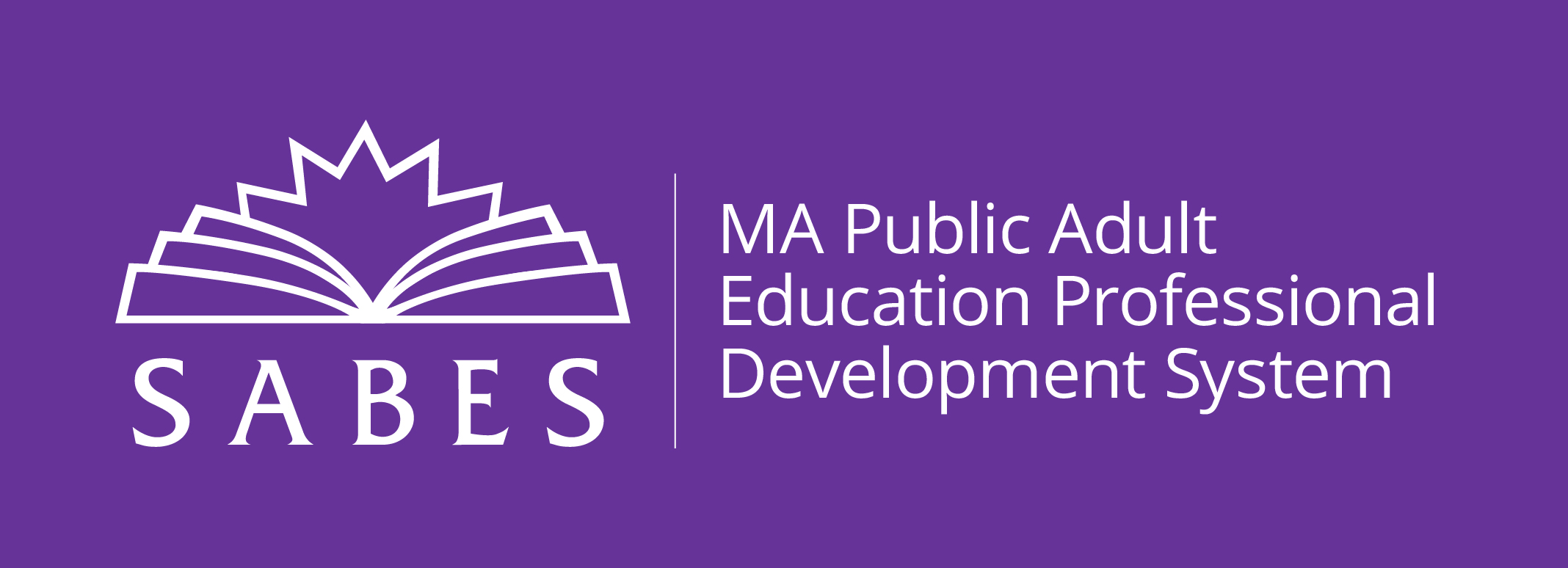Note: This course series was updated this fall to reflect the most recent research–based practices in use during the pandemic.
Are you starting up or refining a distance education program, or looking for ways to add structure to your distance teaching and learning process? Would you like to know more about best practices for developing distance or blended education at your program, but aren’t quite sure where to begin or what the differences are between these two models? If you answered “yes” to either of these, then the three online modules that comprise the Expanding Access through Distance and Blended Education series (based on the IDEAL Consortium’s IDEAL 101 course) are for you!
This first module in this three-part series reviews various models of distance and blended learning, including both offline and online; how they meet learners’ needs; and important considerations for administrators including hiring, planning, and data reporting.
This course includes a discussion forum and webinar to share ideas with colleagues and a facilitator.
If you, and ideally with others from your program, would like to study the Expanding Access series in a small cohort of programs, consider registering for the IDEAL-MA Professional Development: Coming Together for Distance and Blended Education Planning and Implementation. Participate in an inclusive community of practice, and receive individualized program-based coaching. Begins 10/13. Register soon!
-
Administrators and instructors who are implementing formal distance or blended learning for the first time this year, or who want to transition their remote teaching and learning to a more structured, evidence-based model
- Those who have experience but have not had previous training, or want to update their knowledge and skills relevant to serving students during the pandemic
This professional development activity/course is designed for:
The first topic of this module is for all staff. While the second topic (planning, hiring, and data reporting) is designed with administrators in mind, it is optional for others, but all staff benefit from understanding those elements as well.
The total time for this PD activity is approximately 4.5 hours, depending on your pace and style of learning. We estimate the time as follows:
- 3 hours: The online course will run between October 13 and November 10, 2020.
- 1.5 hours: An end-of-course webinar for sharing and review will be held on November 10 from 10:00-11:30 a.m. for those new to distance or blended education this year; from 1:00 p.m.-2:30 p.m. for those with more experience; and from 7-8:30 p.m. for anyone who prefers to attend in the evening. These webinars are a required part of the course. If the appropriate webinar does not work with your schedule, once enrolled please contact the facilitator to make arrangements. You will not register separately; by registering for the course you will automatically be registered for the final webinar and we will send you the information for how to log on.
NOTE: Modules 2 and 3 are complementary to this module. Together, the three modules will strengthen your program development, staff team building, student instruction and support, and learner outcomes. We encourage you to register for all three. Those registering for all three will be given preference. We also suggest considering enrollment in Introduction to Blended Learning (see below) for a more in-depth look at models and examples.
Module 2: Opening Your Doors: Recruitment, Screening, and Orientation (11/17-12/15/2020)
This second module reviews which learners you would like to serve, which are promising candidates for your program, how to find them, and how to support those who need preparation in order to be accepted. We will give examples of ways to gather information about their skills and resources necessary for study via distance and blended education, and how to help them address needs they may have. We will discuss how to orient students according to their strengths and gaps so they are set up for success for study offline or online.
Module 3: In the Class: Instruction and Assessment (1/12-2/9/2021)
This third module in the series explains how to select online instructional products, where to find the list of state-funded online instructional product licenses, approaches and materials for offline study, supplemental resources to extend learning, and how to organize them. Options for staying in communication with learners are discussed. It also covers types of assessment, how they support instruction and learning as well as retention, and ways to carry them out in the distance learning environment.
This course presents foundational information about blended learning, including definitions, strategies, examples, and reflective activities primarily presented in multimedia format. The goals of the course are for teachers and administrators to have a basic understanding of the different forms of blended learning, and how they might integrate these blended learning forms into courses for the student populations they currently serve as well as those they would like to begin serving.
-
Describe the similarities and differences between the two models of distance education
- Consider which distance education options are best for learners you wish to serve
- Identify opportunities that distance and blended learning provide to overcome barriers to education
-
Plan to use best practice approaches to planning and evaluation
- Implement strategies for hiring and supporting appropriate staff (administrators)
-
Respond to implications for budgeting (administrators)
- Leverage program resources (administrators)
Upon completion of this professional development activity/course, you will be able to:
Online
United States


